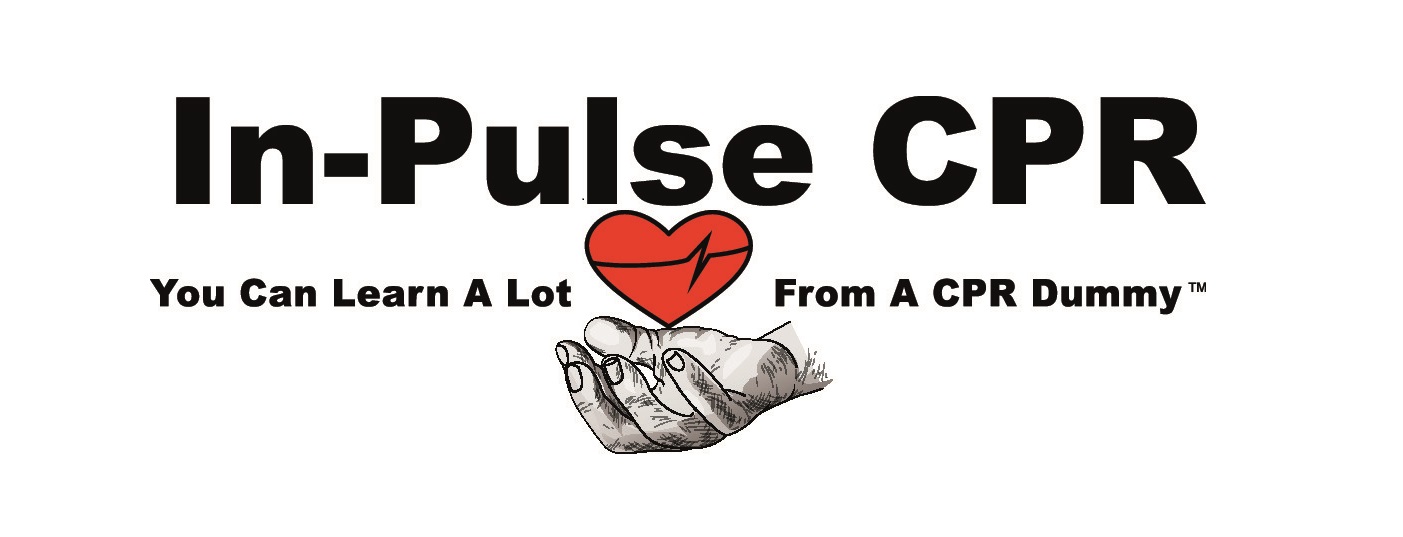CPR and its Meaning
Cardiopulmonary Resuscitation or CPR is simply a way of “buying time” after the heart has ceased pumping on it’s own. To better understand the meaning of Cardiopulmonary Resuscitation let’s take the word apart.
Cardio = Heart.
Our heart performs a simple but vital job of pumping oxygenated blood to all areas of the body. It pumps blood to tips of your toes and fights gravity in order to pump blood to the top of your head. The heart works like an electrical conduction system, pumping blood 24 hours a day 7 days a week without stopping. That’s approximately 93 thousand beats a day or almost 2.8 billion beats in an average life time. When the heart stops pumping, circulation of oxygenated blood does not get to important organs and a person becomes critically ill.
Pulmonary = Lungs
The lungs allow us to breathe 14 to 24 times per minute, on average. The lungs allow us to take in oxygen and expel carbon dioxide. Just like the heart it functions automatically. If the lungs fail to work organ failure and ultimately death can occur.
Within 4 to 6 minutes after the lungs or heart cease, brain tissue begins to die due to the lack of oxygenated blood. Within 10 minutes a person can become “brain dead”.
Resuscitation = The procedure of restoring life.
Although CPR, in and of itself, rarely brings a person’s heart and lungs back to “normal” function, it plays a vital role in saving their life. Effective CPR uses external compressions on the heart, causing it to circulate oxygenated blood to vital organs – including the brain while awaiting advanced life support.
The success rate of CPR has greatly increased with the increased availability of AEDs. But lives can not be saved if people don’t step in. It is up to YOU! Will you be ready when someone near you needs help?
You can find multiple CPR classes to teach you how to perform CPR and use an AED by visiting our website at https://inpulsecpr.com.com or by calling our office at 763-262-4776. Then you can help save a life!
Article written by Mollie Bowman, owner and primary instructor for In-Pulse CPR.



